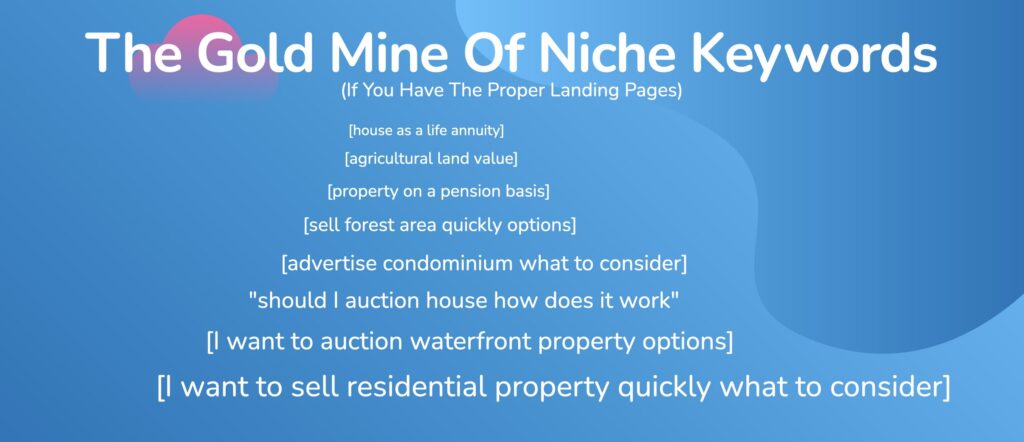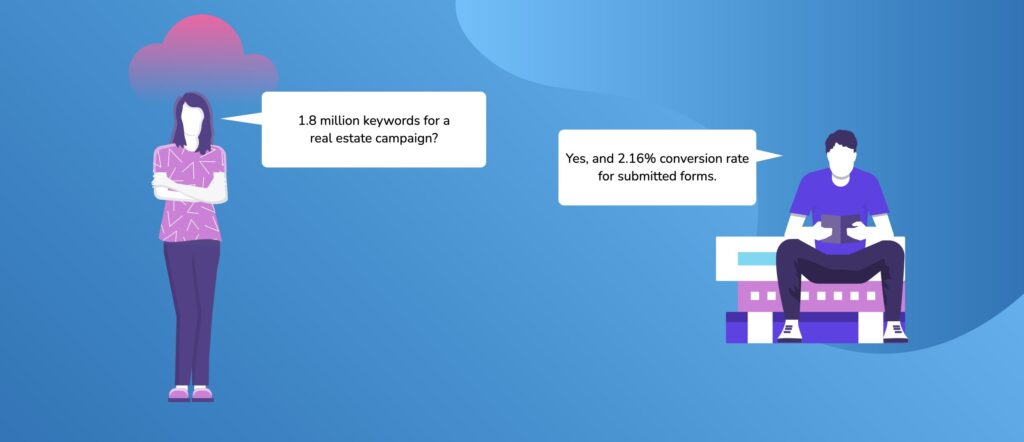
How SEA Agencies Optimize Their Campaigns Into Niches
In the world of Search Engine Advertising (SEA), there lies untapped potential in focusing on longtail keywords, especially within niche markets. While many SEA campaigns concentrate on broad, highly competitive keywords, strategically targeting more specific, less competitive search terms offers an excellent opportunity to enhance the efficiency and ROI of your campaigns. This article sheds light on how promoting longtail keywords in niche areas can reach new audiences and improve conversion rates, thus avoiding the phenomenon of the saturation point where additional investments no longer yield the desired added value.
The Importance of Longtail Keywords vs. Short-Head Keywords
Longtail keywords are more specific search terms that often signal a clear buying or informational interest. These keywords are less contested, resulting in lower cost per click (CPC) and a higher likelihood of conversion. Moreover, they allow for a more targeted approach to the needs and intentions of searchers, leading to an improved user experience and higher conversion rates.
In contrast, short-head keywords are more general search terms that cover a wide range of topics. These keywords are characterized by high search volumes, making them highly competitive and often more expensive in terms of CPC. The probability of conversion may be lower for short-head keywords, as the searches are less specific and the intentions of the searchers can be wide-ranging. They are particularly suited for brand awareness and reaching a large audience but can pose a challenge in optimizing return on investment (ROI) due to the intense competition and higher costs.
Strategies for Identifying and Leveraging Niche Keywords
Identifying relevant longtail keywords requires a deep understanding of the target audience and thorough market analysis. Tools like Google Keyword Planner can help discover untapped niches and corresponding keywords that resonate with your audience. Once identified, these keywords should be integrated into SEA campaigns to target specific audience segments. However, this has been somewhat daunting for SEA agencies, as the effort is often not proportional to the return.
The Effort and Maintenance of Tailored Ads and Landing Pages as a Bottleneck
The effort required to maintain ads and landing pages for longtail keywords stems primarily from their large number and specificity. Creating individually optimized content for each of these numerous and specific keywords typically demands significant time and resource investment. This challenge is exacerbated by the lower search volume of longtail keywords compared to short-head keywords, as it’s not clear which keyword justifies the said effort. Although they often offer a higher conversion rate since they cover more targeted search queries, the absolute return from these more specific keywords is limited, questioning the efficiency of the strategy. Additionally, the complexity in scaling campaigns based on longtail keywords heavily depends on the ability to effectively create and manage personalized content on a large scale, a task particularly challenging for smaller teams or companies with limited resources.

Moreover, the creation and maintenance of highly personalized landing pages for a variety of longtail keywords present technical and content-related challenges. This includes not only ensuring the relevance and quality of the content but also optimizing the user experience. The necessity to regularly review and adjust content to maintain its relevance and effectiveness further increases the maintenance effort, making the use of longtail keywords without corresponding automation and efficiency improvements in content creation and maintenance an impractical strategic option for many companies.
Automated Creation of Ads and Landing Pages for the Longtail Now Possible for the First Time
Advanced tools like lyftyfy now make it possible to create tailored ads and landing pages for every longtail keyword without exponentially increasing the effort. By automating this process, SEA campaigns can cover a wide range of search queries and address individual user needs specifically.
The number of landing pages to be created, whether a hundred, a thousand, or even up to 4 million (in line with Google’s limit), does not affect the workload in this context, as it remains constant. This way, you significantly improve the ratio of conversion value to costs, which typically decreases beyond a certain point with increasing budget. Thus, you not only optimize your campaigns for Short-Head Keywords but also fully exploit the potential in the realm of longtail keywords. And cumulatively, this potential is enormous. According to a study, about 80% of all search queries are informational in nature.
Overcoming the Saturation Point Through Diversification
By diversifying your campaign strategy to longtail keywords and niche markets, the saturation point that SEA agencies face in their conventional campaigns beyond a certain budget can thus be avoided. Instead of engaging in the cost intensity and competition for high-traffic keywords, focusing on longtail keywords allows for more efficient budget use and enhances ROI. This approach offers a sustainable way to continuously optimize and scale your SEA campaigns without hitting the usual market saturation limits.
Conclusion
Focusing on longtail keywords in niche areas is an effective way to overcome the challenges of the saturation point in SEA campaigns. By targeting specific audience groups and using automated tools to create individual ads and landing pages, marketers can continuously adjust and optimize their campaigns. This strategy allows for the full potential of SEA to be utilized by playing across the entire keyword spectrum without losing sight of costs.


